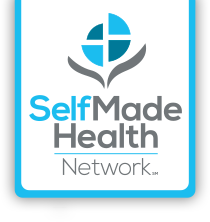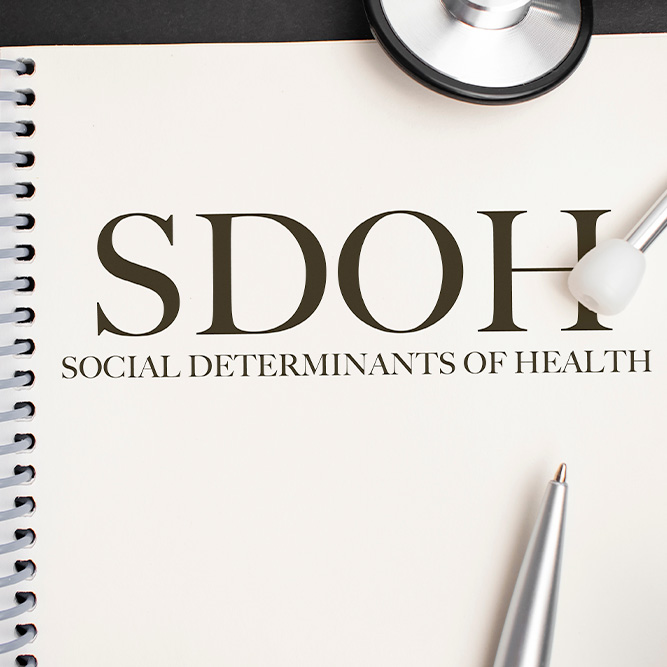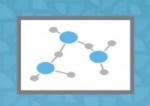
Cancer by the Numbers
Cancer Disparities: Reducing cancer disparities, defined in terms of socioeconomic status (income, health insurance status, education), geographic location, gender and race/ethnicity continues to be an overarching goal of SelfMade Health Network.
Cancer Disparities:
Reference: American Association for Cancer Research (AACR)
Reference: Mariotto AB, Yabroff KR, Shao Y, Feuer EJ, Brown ML. Projections of the Cost of Cancer Care in the U.S.: 2010-2020. J Natl Cancer Inst. 2011 Jan. “Barriers to cancer screening are not mutually exclusive and occur and interact at multiple levels, including policy, health system, clinician, community, and patient levels. Access can be improved by reducing administrative barriers and costs.”
Reference: Cancer Prevention & Early Detection Facts & Figures 2025-2026. Atlanta: American Cancer Society; 2025-2026.
Financial Burden of Cancer Care
“The national cancer-attributed medical care costs in the United States are substantial. National medical services costs were largest for those diagnosed with female breast, colorectal, lung, and prostate cancers and non-Hodgkin lymphomas.”
Reference: Cancer Trends Progress Report
National Cancer Institute, NIH, DHHS, Bethesda, MD, March 2024,
https://progressreport.cancer.gov/after/economic_burden
Additional Resources:
Radon Facts: Jackie Nixon is a lung cancer survivor who never smoked but was exposed to radon.
To learn more about Cancer and Tobacco-related Disparities and Resources to support your organization, community and state, please access:
SelfMade Health Network (SMHN) Determinants of Health Fact Sheets
SelfMade Health Network (SMHN) Featured Resources to Distribute

 Social Determinants of Health in Cancer Care (American Society of Clinical Oncology)
Social Determinants of Health in Cancer Care (American Society of Clinical Oncology)